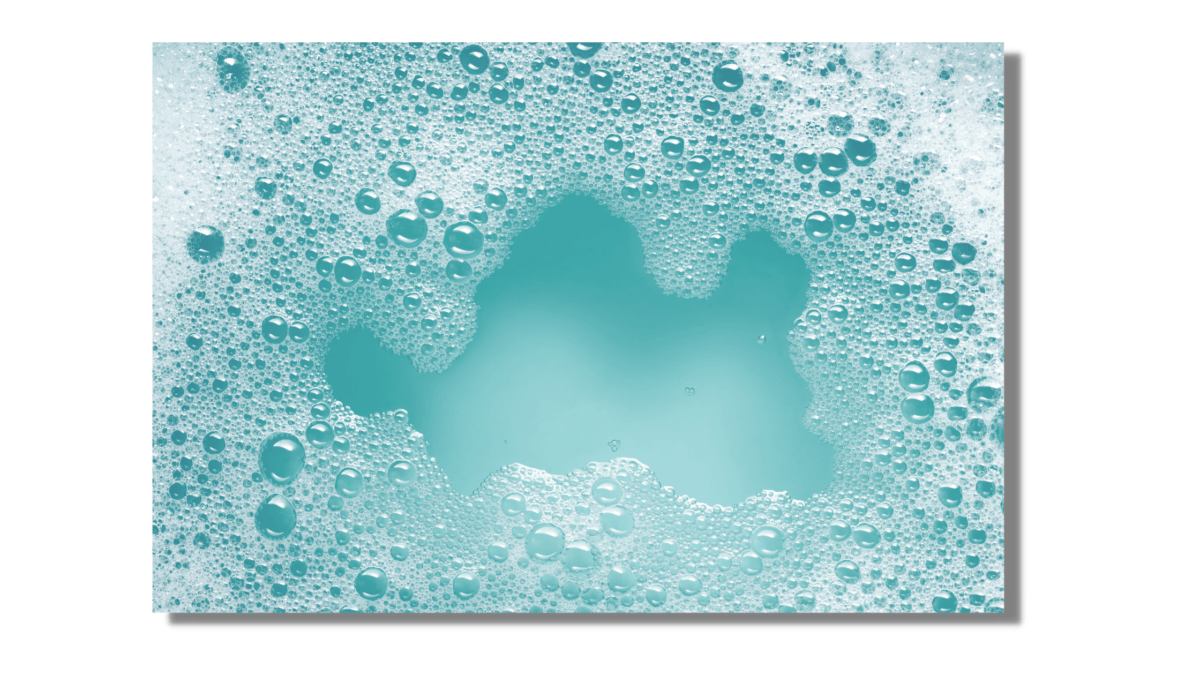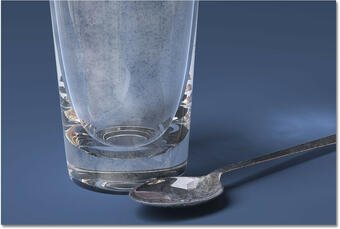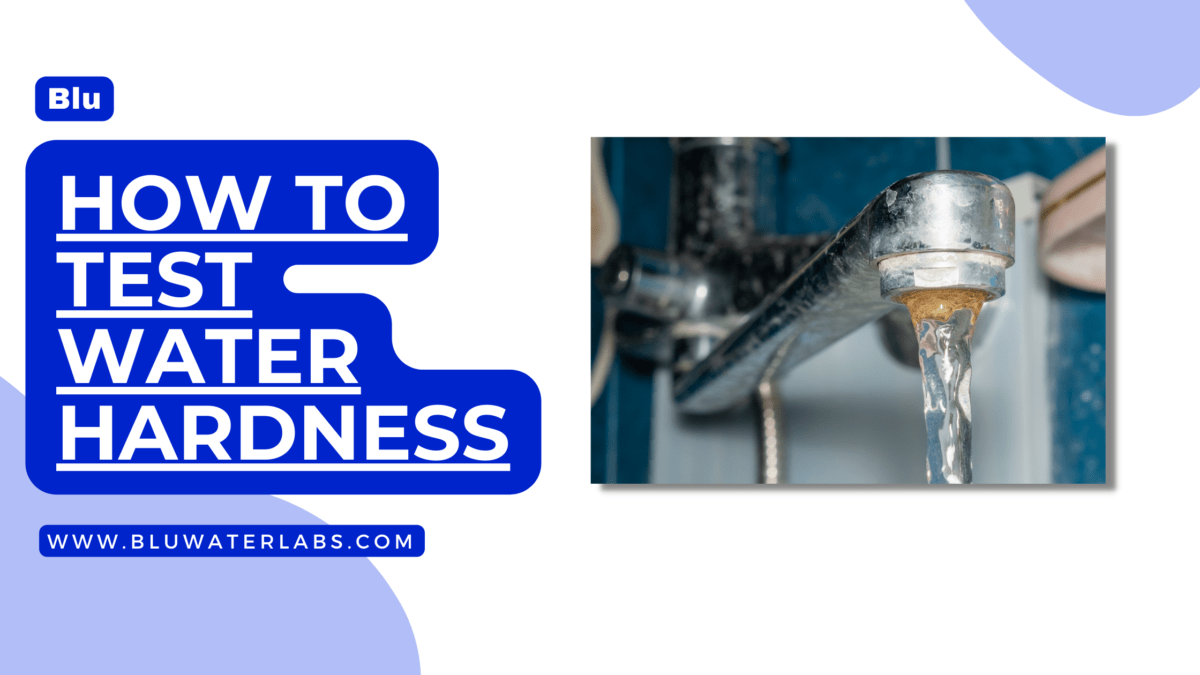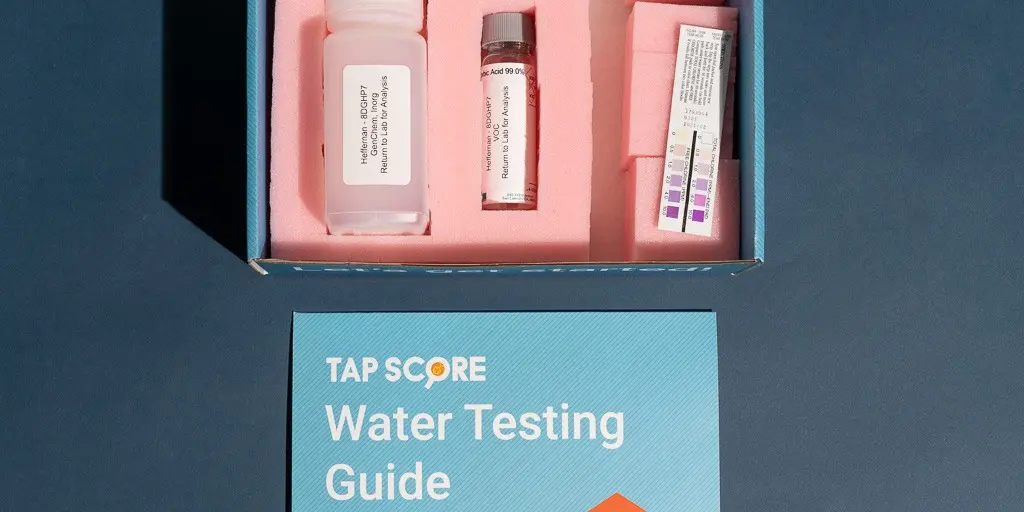Water hardness is a common concern for homeowners and individuals who depend on clean water for their daily needs. Hard water occurs when there’s an excessive presence of minerals such as calcium and magnesium dissolved in it. Not only can these minerals affect the taste and appearance of water, but they can also lead to limescale buildup in appliances and plumbing systems, causing expensive damages. Knowing the hardness of your water is essential for maintaining the overall quality of your home’s water supply.
Testing for water hardness doesn’t need to be a complicated process. There are several methods available for assessing the hardness of your water, ranging from simple soap tests to more advanced laboratory techniques. In this article, we will guide you through the most common and accurate ways of measuring your water’s hardness, including DIY test kits and assessing for mineral deposits. By determining your water hardness, you can take the necessary steps to manage or resolve any potential issues, ensuring clean and healthy water for you and your family.
Understanding Water Hardness
Types of Hard Water
Water hardness is the amount of dissolved calcium and magnesium in water. There are two main types of hard water: temporary and permanent.
- Temporary Hard Water: It contains calcium and magnesium bicarbonates, which can be removed by boiling the water. Boiling leads to the formation of calcium and magnesium carbonate precipitates, which eventually reduces the hardness.
- Permanent Hard Water: It contains calcium and magnesium sulfates, nitrates, or chlorides, which cannot be removed by boiling. A water softENER system is required to treat permanent hard water.
Hardness Scale
The hardness of water is measured using two different scales: milligrams per liter (mg/L) as calcium carbonate and grains per gallon (gpg). The table below summarizes the water hardness levels according to both scales:
| Hardness Level | mg/L as Calcium Carbonate | Grains per Gallon (gpg) |
|---|---|---|
| Soft | 0-60 | 0-3 |
| Moderate | 61-120 | 3.5-7 |
| Hard | 121-180 | 7.5-10.5 |
| Very Hard | Over 180 | Above 10.5 |
To determine the hardness of your water, you can use a DIY test kit. Simply dip a test strip in the water and wait for it to change color; then, compare the color to a chart provided in the test kit. This will indicate your water’s hardness level.
Understanding the hardness of your water is important, as it can affect your household appliances, skin, and even taste of the water. By knowing the level of hardness, you can take appropriate action, such as installing a water softener, to ensure you have high-quality water in your home.
Common Problems Caused by Hard Water
Hard water can cause several issues, including its effects on appliances, impacts on laundry, and skin and hair problems. Let’s delve into these various issues.
Effects on Appliances
Hard water contains high levels of minerals like calcium and magnesium, which can lead to an accumulation of limescale or calcium carbonate in various appliances, fixtures, and pipes. This buildup of mineral deposits can cause several problems, such as:
- Reduced water pressure due to blocked pipes
- Decreased efficiency of water heaters, boilers, and dishwashers
- Increased wear and tear on appliances, leading to a shorter lifespan
Impacts on Laundry
Hard water can also adversely affect your laundry. Some of the issues it may cause include:
- Difficulty in dissolving soap, which may result in soap scum on clothes
- Dull and faded colors, making your clothes look older and dingier
- Stiff and rough fabrics, leading to decreased comfort
- White residue on dishes, glassware, and other kitchenware items
Skin and Hair Issues
Another issue commonly experienced due to hard water is its effect on skin and hair. Hard water can cause:
- Dry, itchy skin because the minerals in hard water can strip away natural oils
- Soap residue on the skin, which can lead to irritation and itching
- Hair problems like dryness, dullness, and brittleness, as the excess minerals can have a negative impact on hair health
In summary, hard water can cause various issues in your home due to mineral buildup and scale formation. Addressing these issues can help improve the performance and lifespan of your appliances, as well as enhance the appearance of your laundry and maintain the health of your skin and hair.
How to Test Water Hardness
Testing the hardness of your water is important to ensure the water quality and to prevent the negative effects of hard water, such as filmy residue on dishes and laundry or buildup in pipes and appliances. There are several ways to test your water’s hardness, including checking the water quality report, using DIY test kits, sending a water sample to a professional laboratory, and performing the soap suds test.
Water Quality Report
Your municipal water supplier provides a water quality report that includes information on water hardness. This report is typically made available on their website or can be requested directly from the supplier.
DIY Test Kits
You can test the hardness of your water at home using a DIY test kit. These kits include test strips or drops that react with the minerals in your water. To use a test strip, simply dip it into a water sample and wait for it to change color. Then, compare the color to a provided color chart to determine the hardness of your water. If you’re using drops, follow the instructions on the test kit, which may involve adding a specific number of drops to a water sample and observing color changes.
Professional Laboratory Testing
For the most accurate results, you can send a water sample to a certified water testing lab. These labs can provide a more in-depth analysis of your water quality and hardness. To obtain a water sample, follow the lab’s specific instructions for collection and packaging, then send the sample to the laboratory for testing.
The Soap Suds Test

The soap suds test is a quick, rough estimate of your water hardness. To perform this test:
- Choose a clear bottle or container that can hold at least 12 ounces (360mL) of water.
- Fill the bottle partially with water from your tap.
- Add a few drops of dish soap to the water.
- Shake the bottle vigorously to create soap suds.
A lower level of bubbles and a filmy residue on the bottle’s surface indicate harder water. On the other hand, if the bottle is filled with a thick layer of bubbles, it suggests that your water is softer.
By testing your water hardness using one or more of these methods, you can ensure that you have a better understanding of your water quality and take steps to resolve any issues related to hard water.
Understanding Test Results
Quantifying Water Hardness
Water hardness is measured in a variety of units, such as parts per million (ppm), milligrams per liter (mg/L), and grains per gallon (gpg). Ppm and mg/L are essentially the same, as both units refer to the concentration of dissolved minerals. On the other hand, gpg expresses the concentration of calcium and magnesium ions in grains per gallon of water.
Understanding these units is crucial for interpreting the results of water hardness tests and for determining the efficiency of water softening systems. Hard water can cause issues such as scale buildup, reduced effectiveness of soap and detergents, and decreased appliance lifespan.
Water Hardness Levels
It’s important to understand the various levels of water hardness and what they mean for your home or business. The U.S. Geological Survey and Health Canada have provided a general classification of water hardness levels, as seen in the table below:

Hard water is frequently responsible for the common issue of cloudy dishes and glassware.
| Water Hardness Level | mg/L (ppm) as Calcium Carbonate | GPG Equivalent |
|---|---|---|
| Soft | 0-60 | 0-3.5 |
| Moderately Hard | 61-120 | 3.6-7.0 |
| Hard | 121-180 | 7.1-10.5 |
| Very Hard | Over 180 | Over 10.5 |
By analyzing the classification table, you can identify the level of your water’s hardness and determine the appropriate course of action to address any concerns.
To conduct a water hardness test, you can opt for a DIY test kit or use a water hardness test meter. With a test kit, dip a test strip in the water sample and wait for the color to change. Compare the resultant color with the provided color chart to determine the water hardness level. Alternatively, with a water hardness test meter, simply activate the device and follow its user guide.
For more accurate results, consider sending a water sample to a certified laboratory. This can also help identify any contaminants that may be present. Remember to adhere to the guidelines provided by authoritative sources to maintain the desired water conditions within your home or business.
Dealing with Hard Water
Water Softening Systems
Dealing with hard water can be challenging, as it can cause issues with plumbing, appliances, and laundry. One effective way to deal with hard water is by using water softening systems. Water softeners are devices that remove the excess minerals, such as calcium and magnesium, from the water by using a process called ion exchange. There are two main types of water softeners: salt-based and salt-free. Each type has its own advantages and disadvantages, which will be discussed in the next sub-section.
Choosing the Right Type of Water Softener
When selecting a water softening system, it’s important to consider the specific needs of your household and understand the differences between the available options.
Salt-Based Water Softeners: These systems use salt to replace the calcium and magnesium ions in the water. The process is called ion exchange, and it requires regular maintenance, such as adding salt to the system and occasionally flushing the brine tank. Salt-based water softeners are generally more effective in reducing water hardness, but they may not be suitable for households that are on a low-sodium diet or have concerns about environmental impact due to salt discharge in wastewater.
Salt-Free Water Softeners: These systems, also known as water conditioners, do not use salt to remove the minerals. Instead, they change the structure of the minerals, preventing them from forming deposits and causing damage to your plumbing and appliances. Salt-free systems are easier to maintain and more eco-friendly, but they may not be as effective in dealing with extremely hard water.
When choosing a water softening system, consider factors such as your water’s hardness level, your budget, and your household’s specific needs. Doing so will help you find the most suitable solution for dealing with hard water in your home.
Additional Tips and Resources
Protecting Household Appliances
Hard water can cause damage to household appliances like washing machines, water heaters, and even aquariums. To protect these appliances from potential damage caused by hard water, consider using a water softening system. There are both salt-based softeners and salt-free alternatives available on the market. Regularly clean your water pipes, especially if you notice any mineral buildup or clogged pipes.
For your aquarium, it’s essential that you monitor and maintain the appropriate water hardness levels. Adding vinegar in a small amount can help lower the pH and control temporary hardness. Additionally, some fish species thrive in certain levels of hardness, so it’s crucial to research and provide the optimal environment for your aquarium inhabitants.
Maintaining Water Quality
To maintain the quality of your water systems, it’s essential to test for contaminants and determine the water hardness levels. The U.S. Geological Survey provides valuable information about the water quality in the United States. You can also consult your local water supplier for information on well water and the water hardness scale in your area.
Keep an eye on dissolved calcium, chlorides, and sulfates, as high levels of these minerals can contribute to temporary or permanent hardness. To prevent the buildup of mineral deposits in your water pipes and appliances, consider running the appliances with a mixture of water and vinegar. This can help dissolve and remove the mineral deposits caused by hard water.
Seeking Further Assistance
If you need further assistance in understanding water hardness and its impact on your water systems, consider contacting your water supplier. They can provide you with valuable information about the water quality in your area, including any potential contaminants. Additionally, the U.S. Geological Survey and other authoritative institutions offer insights and resources for managing water hardness.
For comprehensive water testing, consider seeking out a certified water testing lab that can provide you with accurate measurements of your water’s hardness levels and any possible contaminants. This will help you make informed decisions about the best water softening solutions and preventive measures to maintain the quality of your water and protect your household appliances from potential damages.



